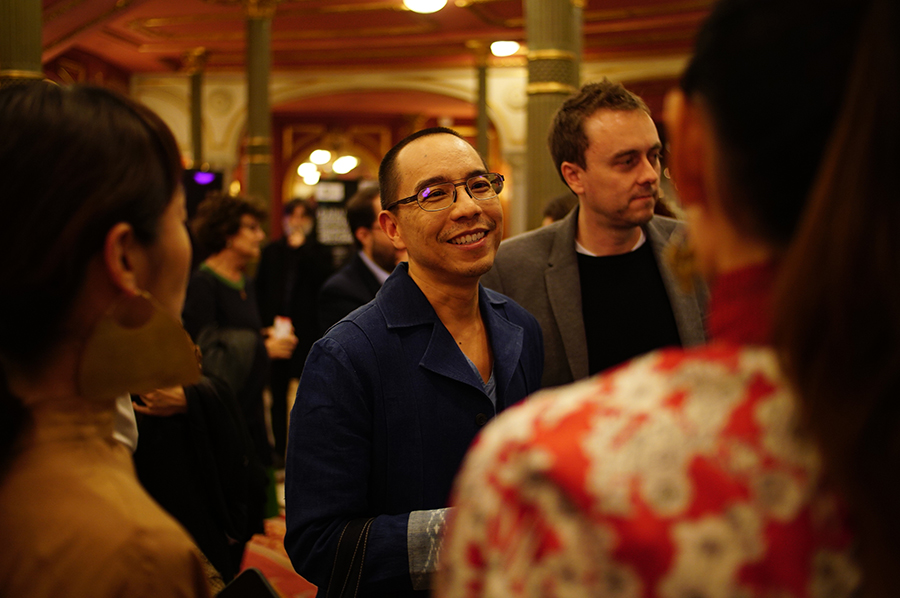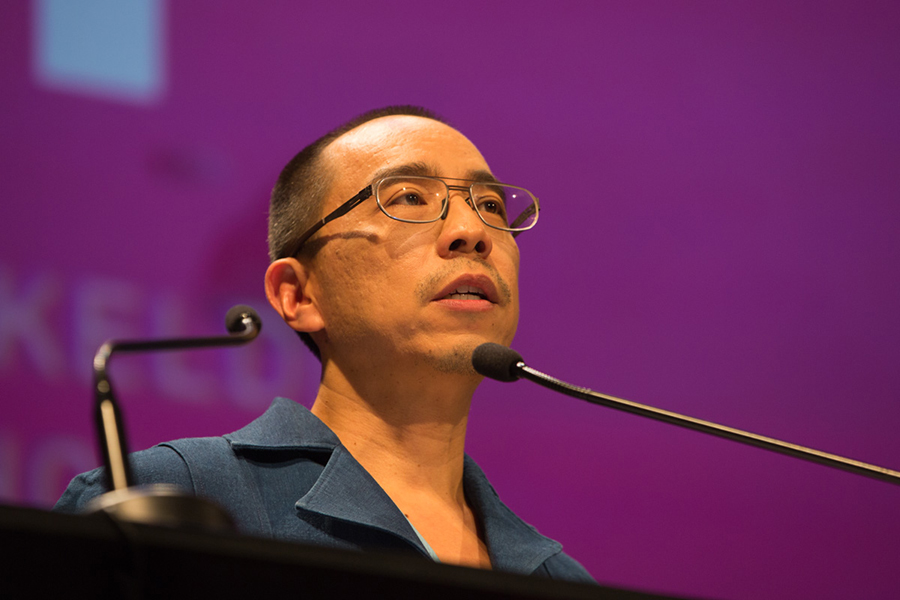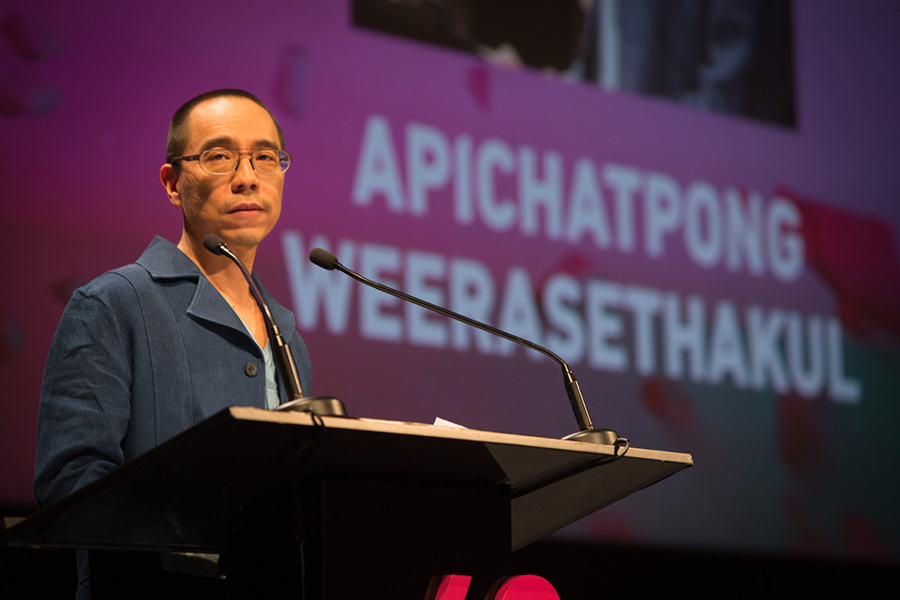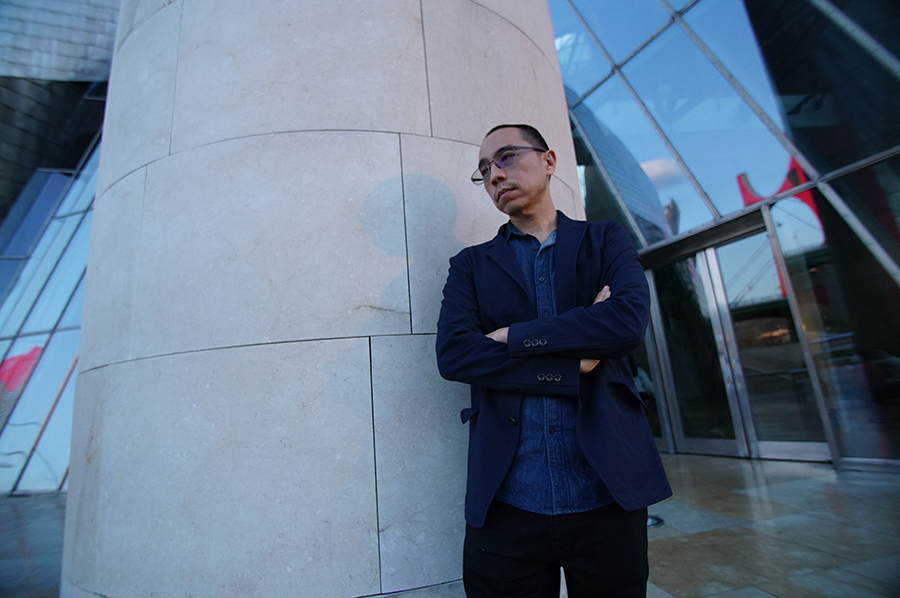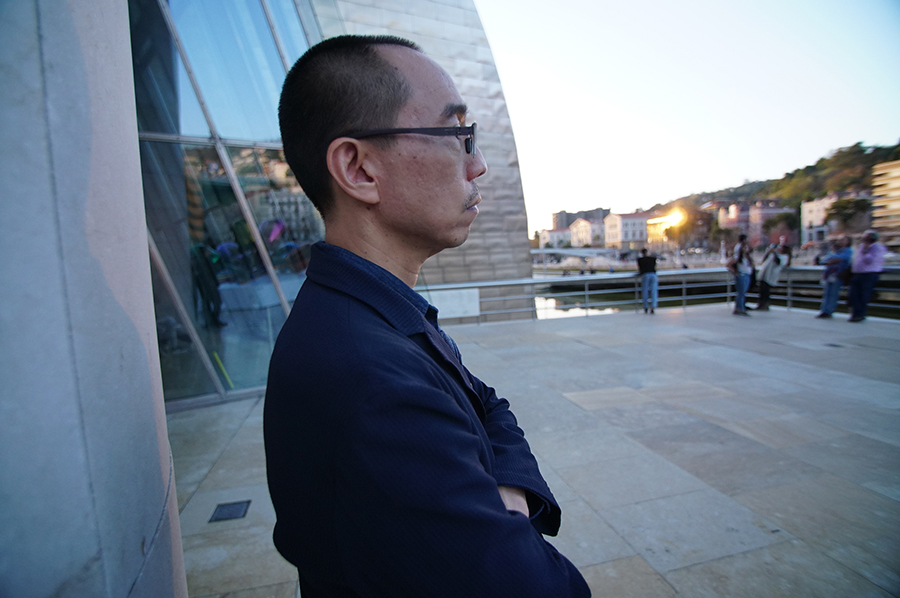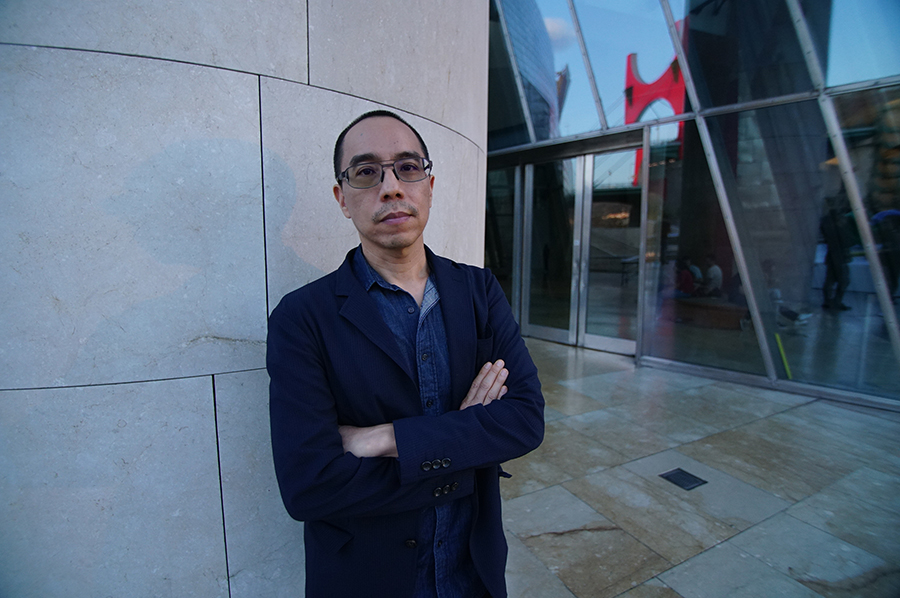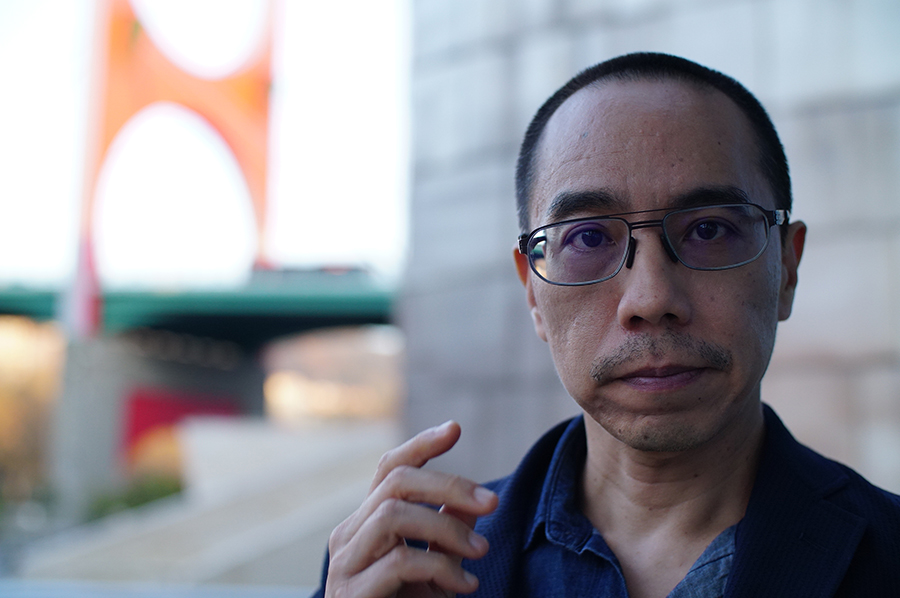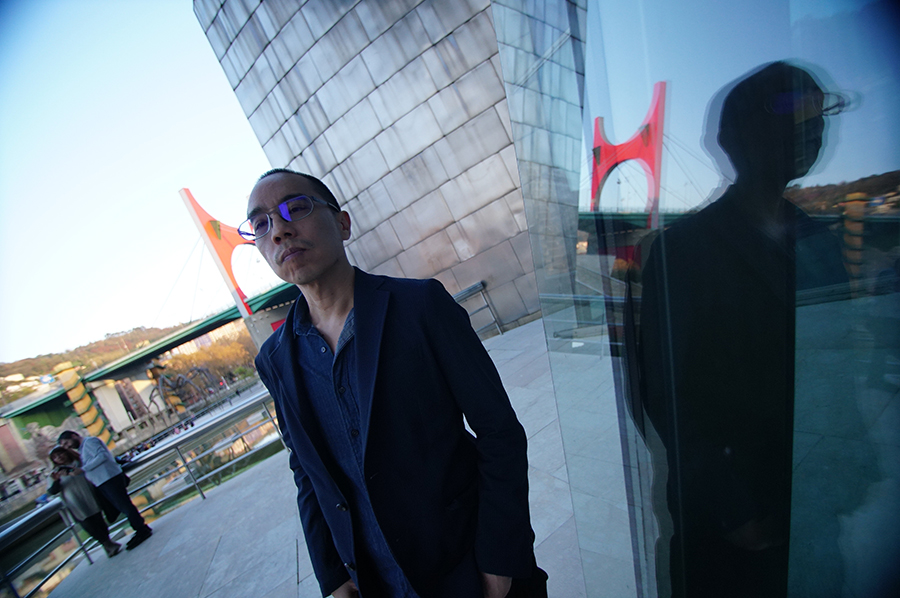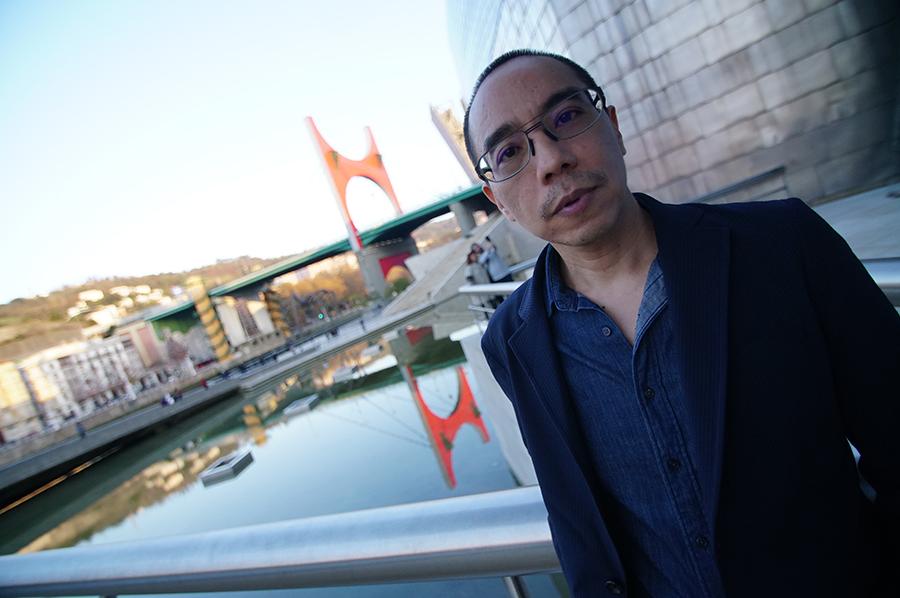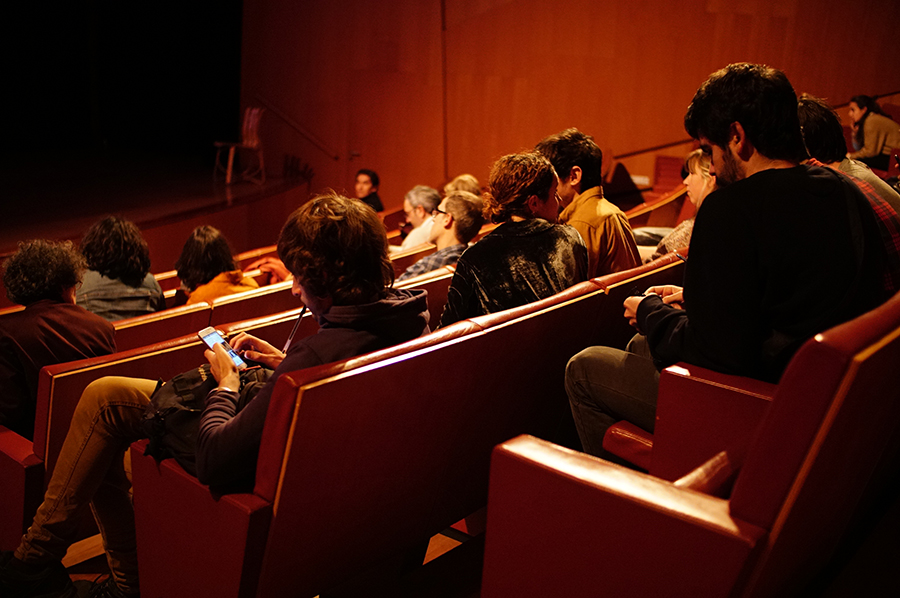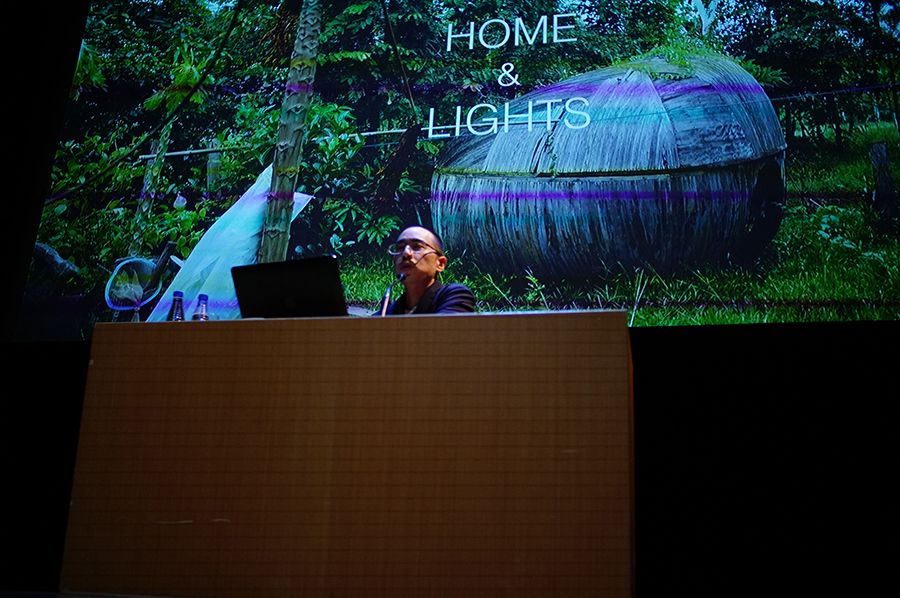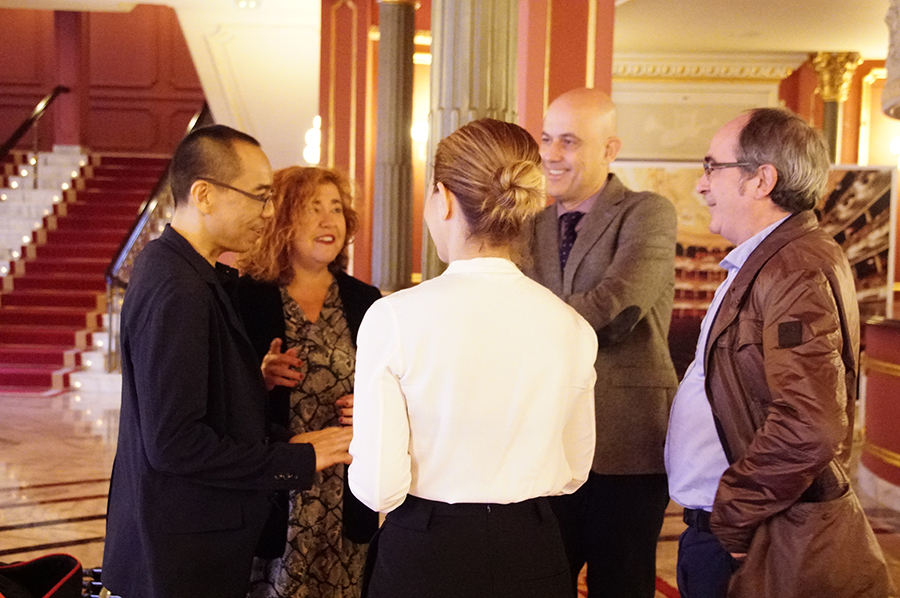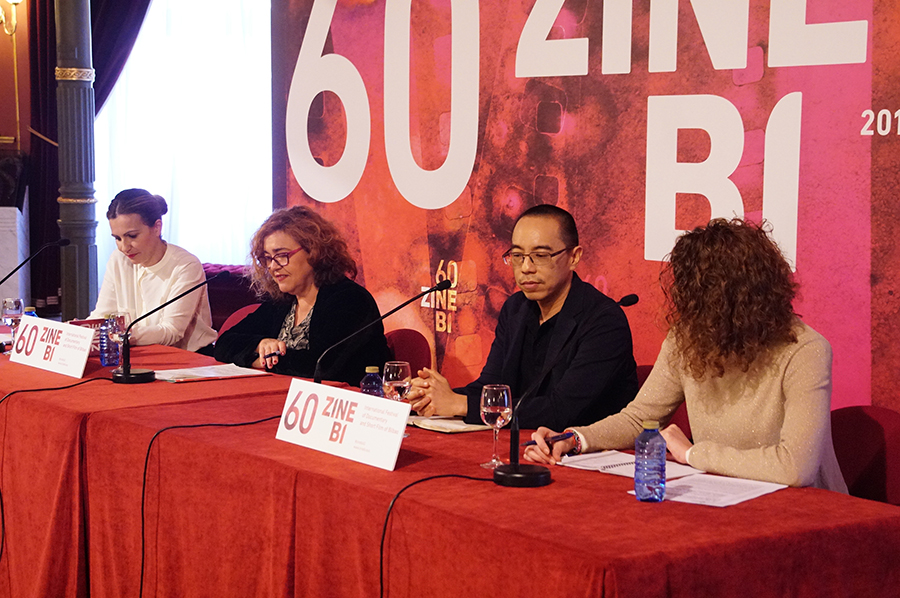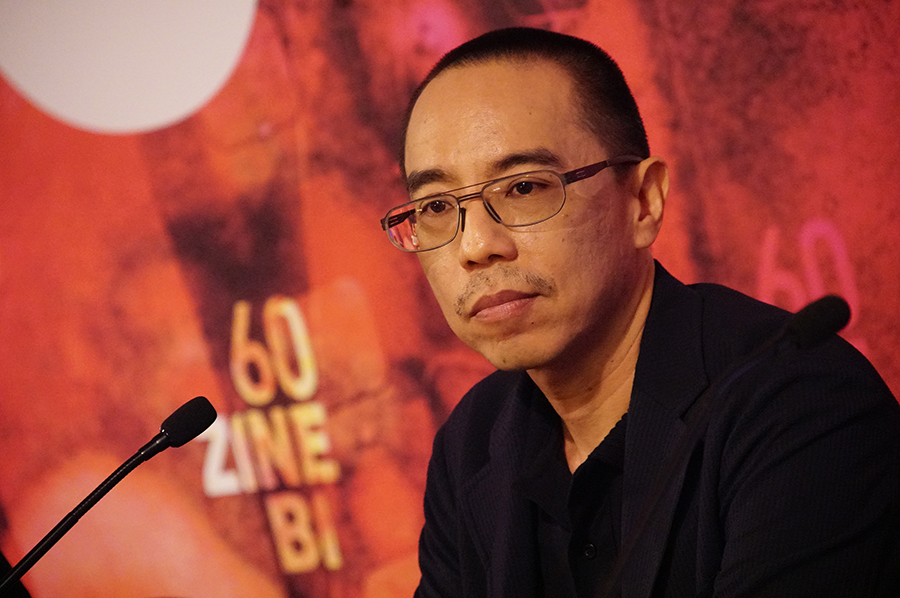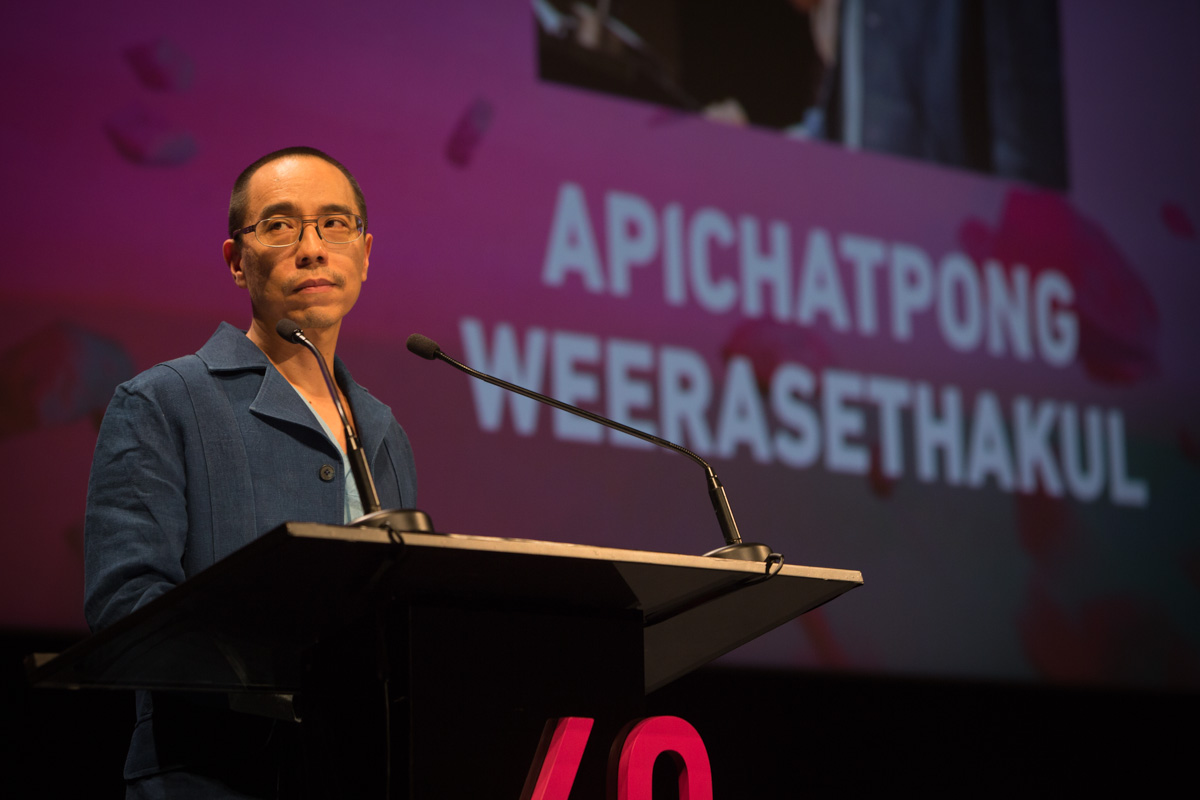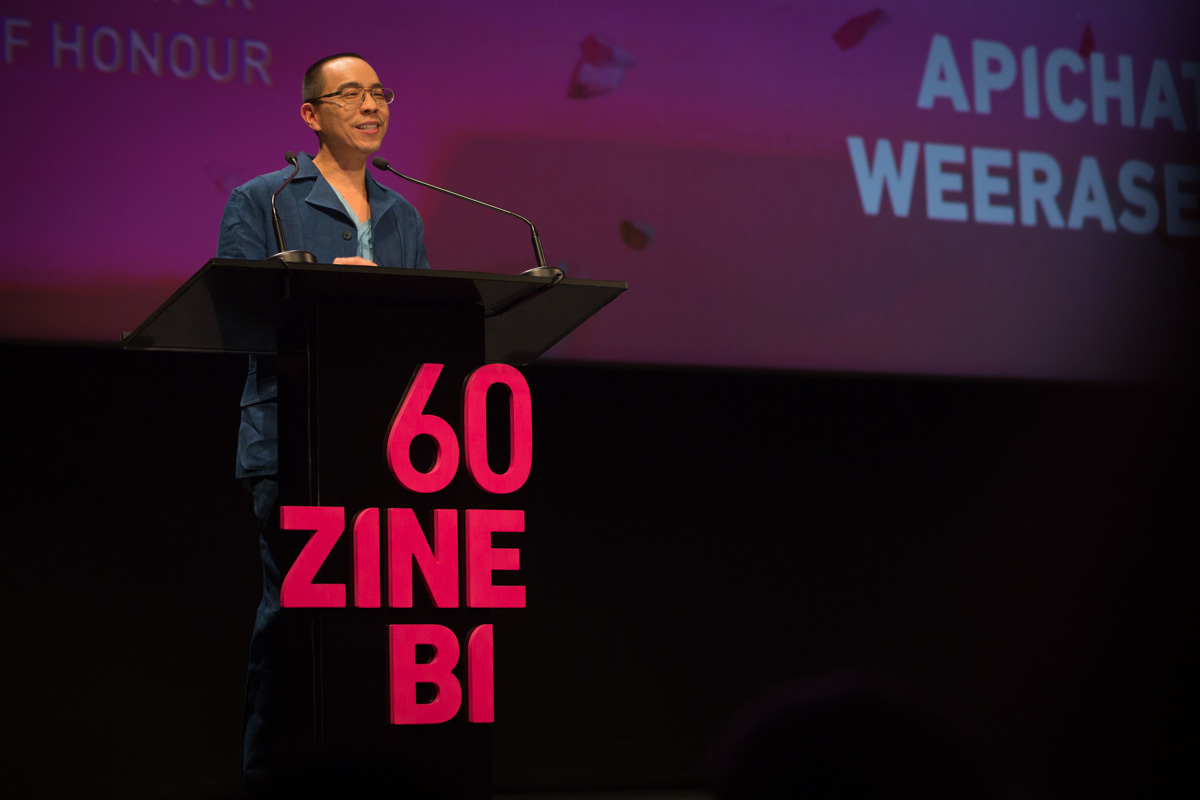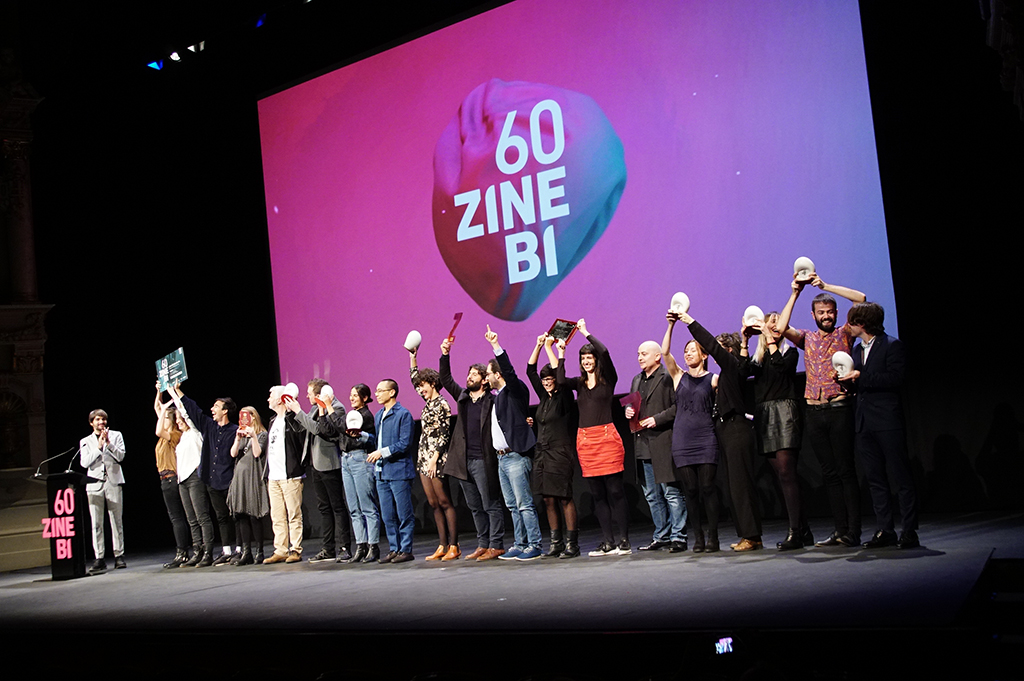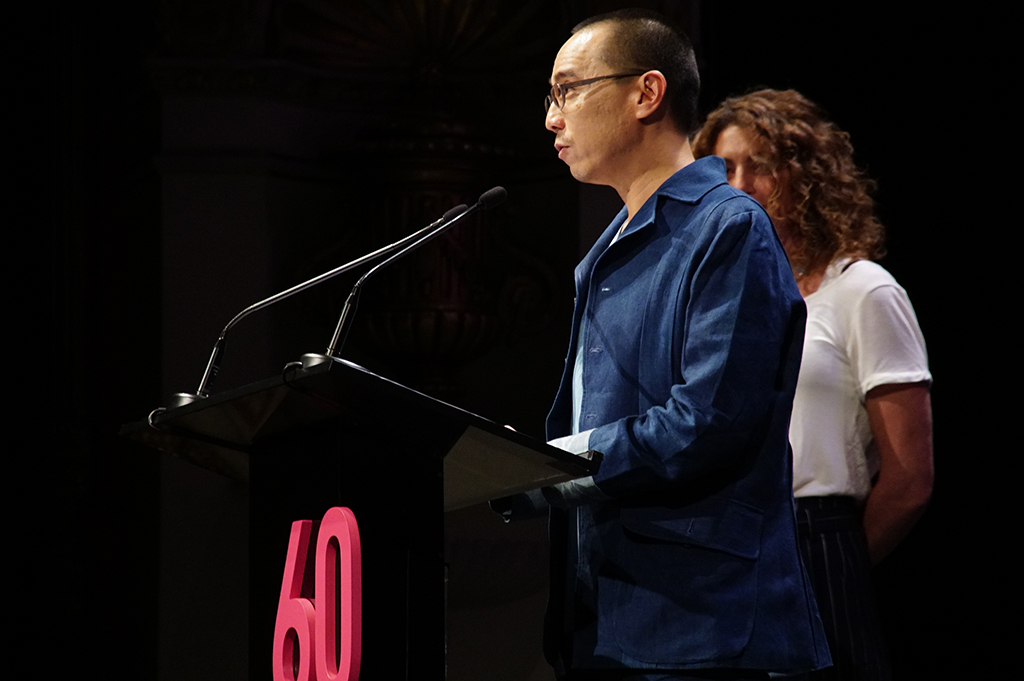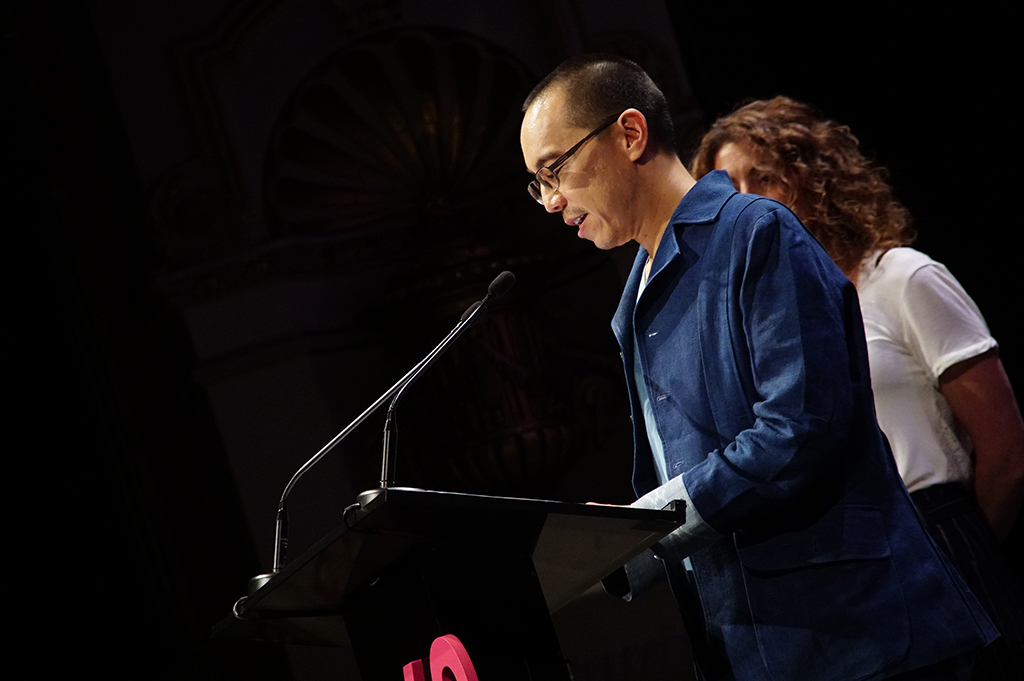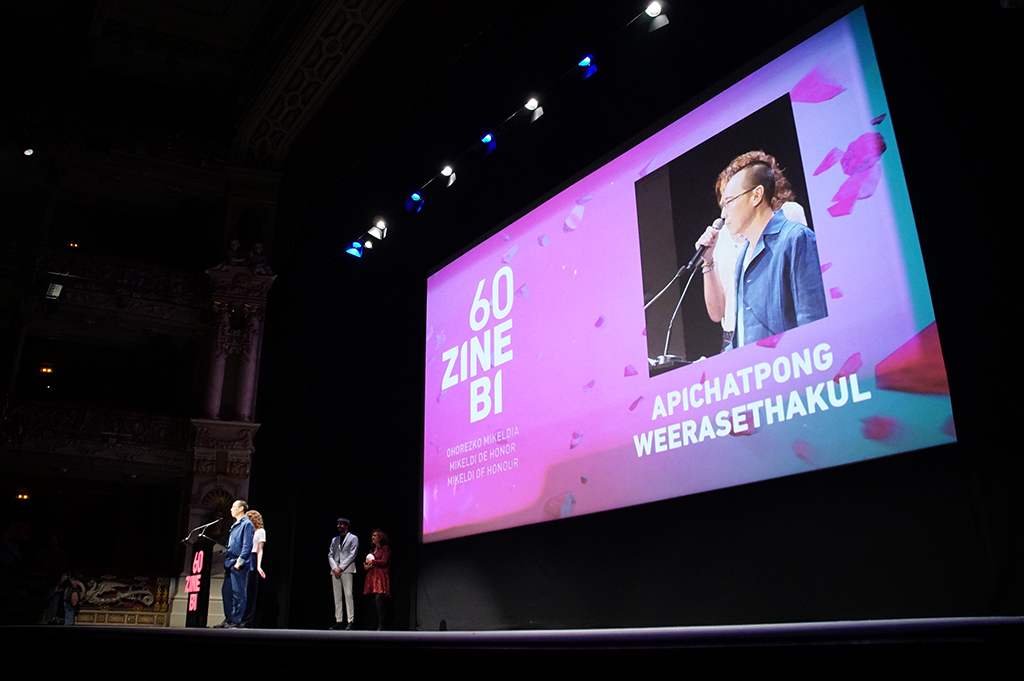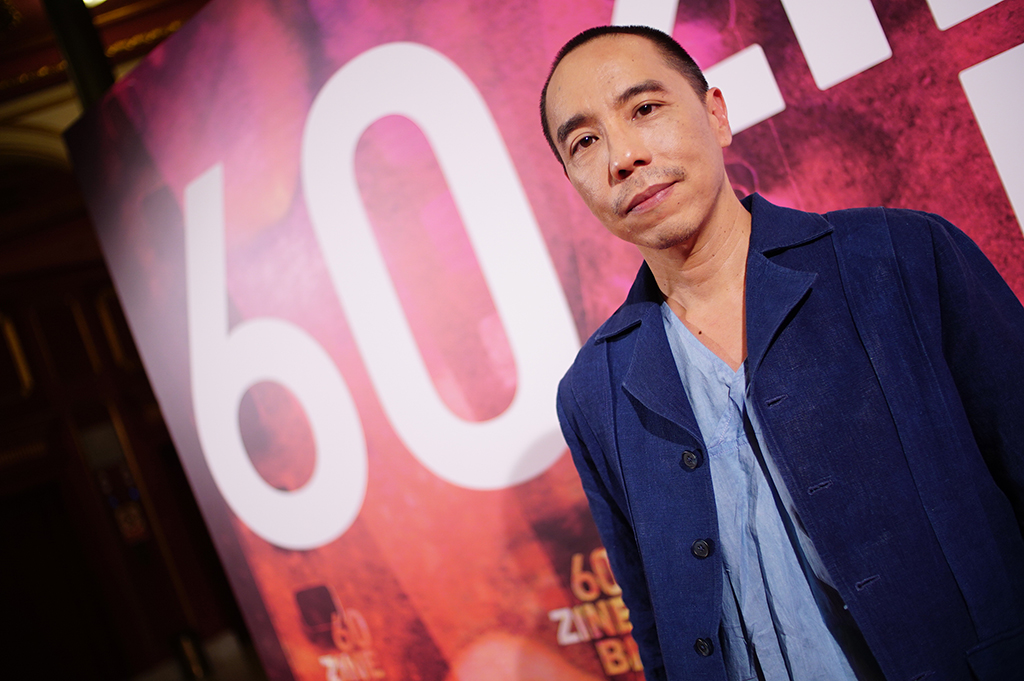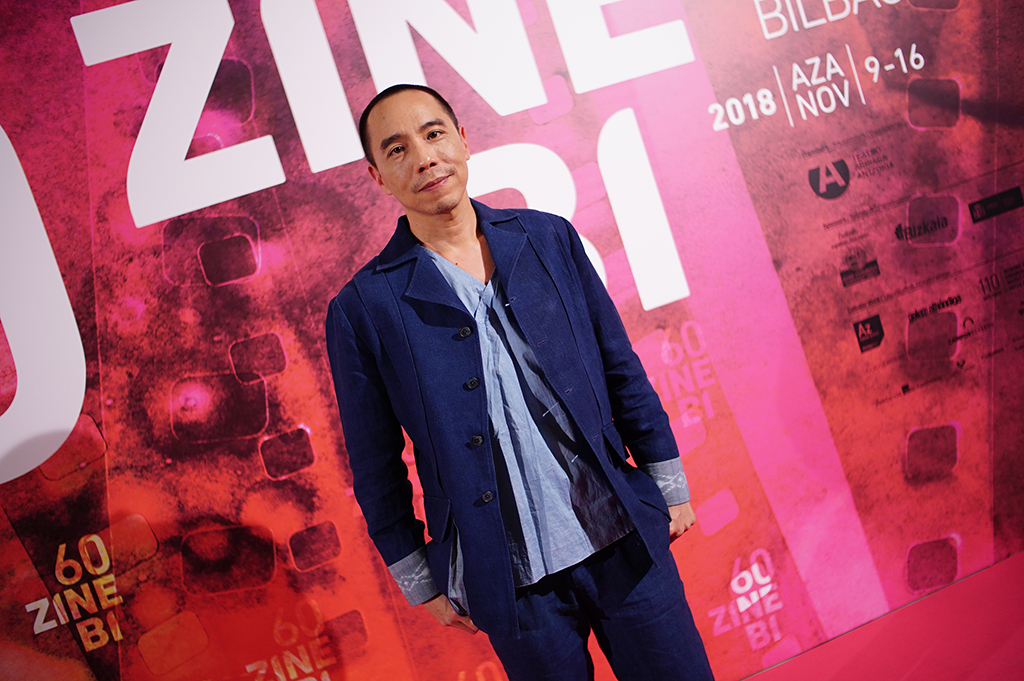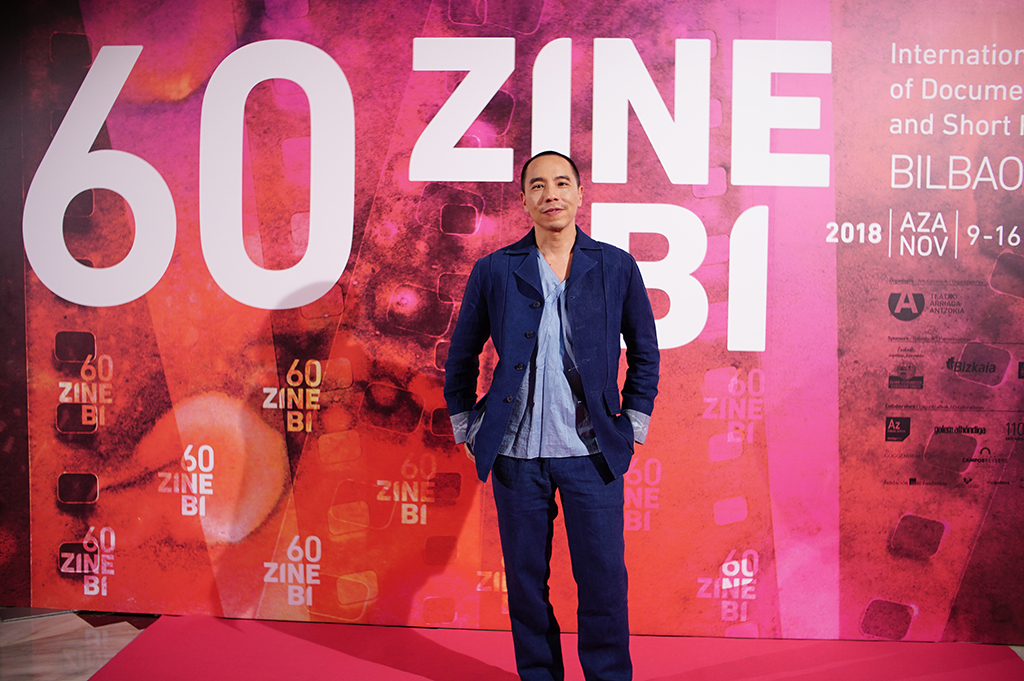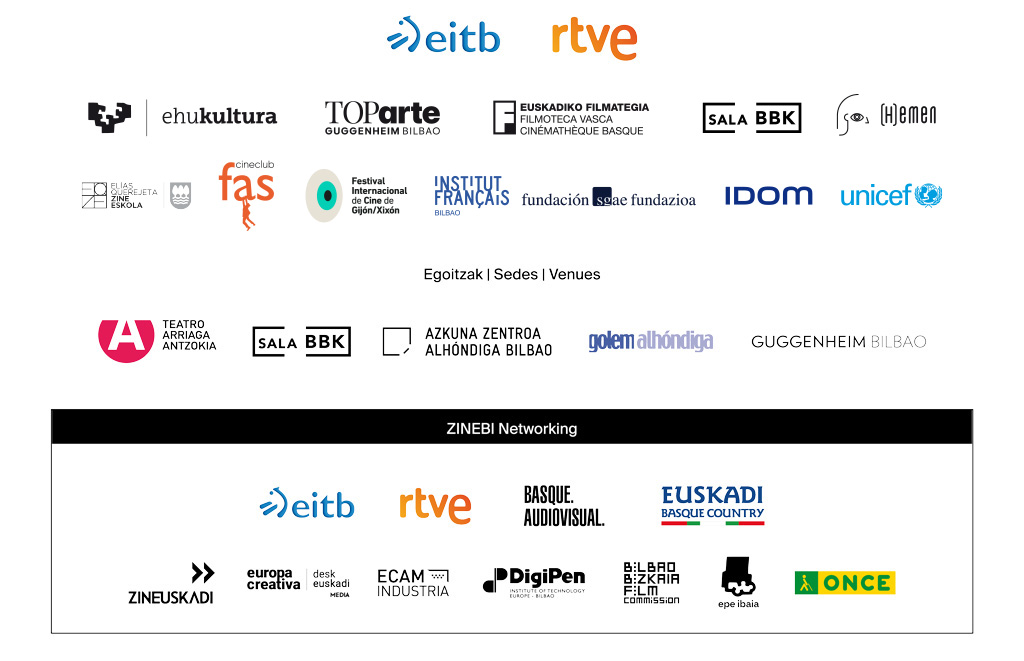REALER THAN REAL. THE WORK OF APICHATPONG WEERASETHAKUL
As the decades pass by and the traditional way of showing films breaks down, there are ever more noteworthy exceptions to the old paradigm that “all lesser cinematography admits a greater filmmaker”. Fortunately. Figures once as great as Abbas Kiarostami (or earlier, such as Theo Angelopoulos, or still earlier and now classics of Japanese cinema: Kurosawa and Mizoguchi) were a seedbed for slowly breaking down the ethnocentric reading that characterised the Western World during the 20th century.
Suspected of being no more than just another example of cinematographic exoticism, the incipient work of Thai producer Apichatpong Weerasethakul arrived in Europe at the end of the last century. Brought up in the north east of Thailand, he had studied architecture at Khon Kaen University (and this province is the setting for most of his work) and then at the School of the Art Institute of Chicago. An exquisite corpse of fiction and non-fiction called Mysterious Object at Noon (Dokfa nai meuman, 2000) catapulted his career from the moment it premiered at the Rotterdam International Film Festival. After this first work, his rise was meteoric: awarded for his Blissfully Yours (Sud sanaeha, 2002) in Cannes, he returned to the French festival with Tropical Malady (Sud pralad, 2004), while Syndromes and a Century (Sang sattawat, 2006) was the first Thai film to compete for the Golden Lion at the Venice Film Festival. The first festival in Spain to add some of his amazing work to its programme was ZINEBI, in 2004, when it screened his two first feature lengths and six shorts.
In just over five years, Apichatpong had earned a place in the audiovisual hall of fame of the 21st century. At first, the furore was about his famous hiatuses: the feature-length films by the Thai producer screened in some commercial cinemas were marked by splitting into two narratives apparently separate from each other. Behind the effect of this recurrent narrative mechanism (which he has always executed brilliantly), his audiovisual works seem to be wholly created in that (ever broader) border region that separates fiction and reality. Thus, the producer delved deeper into that intimate conviction in true Bazinian tradition that all fiction films are a documentary of their own filming. Apichatpong always said that he aspired to interweave fiction and reality in every work so that it was impossible to know where one ended and the other started.
In this way, he often suggests that the characters in his fiction are created by the actors themselves (always with the help of the producer) based on their own or borrowed sensations and experiences, or that there are lots of passages (in fragments that could be better considered documentaries) where the actors tell fictional stories (dreams, fears, memories, legends, etc.) that Apichatpong sometimes reconstructs as if it were fiction. In the human mind, we find memory and fantasy side by side and, like in this work by the Thai producer, that is almost always absolutely normal. Therefore, it is not strange that the producer does not hesitate to help his audience give itself up to dreaming (with a recommendation that – if my memory does not fail me – was only made before by Kiarostami) as he did recently in Sleep Cinema, an installation presented at the last Rotterdam International Film Festival, where for €75 a night-spectators could rent a bed where they could sleep, if they liked, before a selection of moving images from the Amsterdam EYE Filmmuseum collection, which were projected onto a huge, oval screen.
Fiction and non-fiction, dreams and memory, narration and observation largely mark the Apichatpong style, the highly personal traits of which are perceived in unforgettable feature-length films such as Uncle Boonmee Who Can Recall His Past Lives (Lung Boonmee raluek chat, 2010), which won the Palme d’Or at the Cannes Festival, or Cemetery of Splendour (Rak ti Khon Kaen, 2015), but which is perhaps more directly and blatantly seen in his extensive short and medium-length films. We have selected 22 of the first and 2 of the second for this year’s ZINEBI. They include his two latest works: Blue (which has just premiered at the Toronto International Festival and will have its Spanish premiere in Bilbao) and Song of the City, his contribution to the collective project Ten years Thailand, which also includes a critical, political message in defence of civil freedoms that is far from negligible. He is accompanied in this project by well-known names in contemporary Thai cinema, such as Aditya Assarat, Chulayarnnon Siriphol and Wisit Sasanatieng.
A few years ago, on the occasion of the premiere of Tío Boonmee…, Apichatpong told Diego Lerer that he liked magical realism. He compared it with science fiction, as it took “elements of fantasy to talk about the present”. He said that, in his opinion, “fantasy is more real than what we call reality”. It doesn´t seem crazy to think that Macondo could be Khon Kaen in Thai and that it may not be simply by chance that Apichatpong’s next feature film is going to be filmed in Colombia in 2019. It will be called Memory.
Rubén CorralProgrammer at ZINEBI




